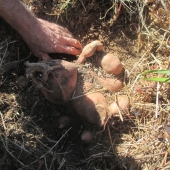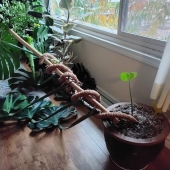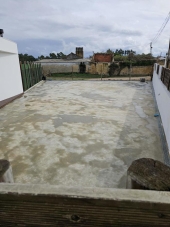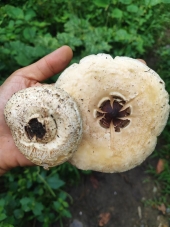Great write-up! I've found similar results with focusing more on soil texture and moisture consistency than on fertilizers. Loose, airy soil and steady watering seem to make the biggest difference for tuber size. I've also had better luck when I limit the length of the vines that actually root, concentrating energy on a few strong plants instead of letting every runner take hold.
For slips, I've been selecting from the fattest, healthiest roots each season, and those tend to sprout sturdier starts with thicker stems. Mulching with leaves or straw really helps stabilize the soil temperature, too. I'm curious if anyone's experimented with small potassium boosts mid-season (like diluted wood ash or kelp meal). It seems like it could help push tuber bulking without overshooting nitrogen.





